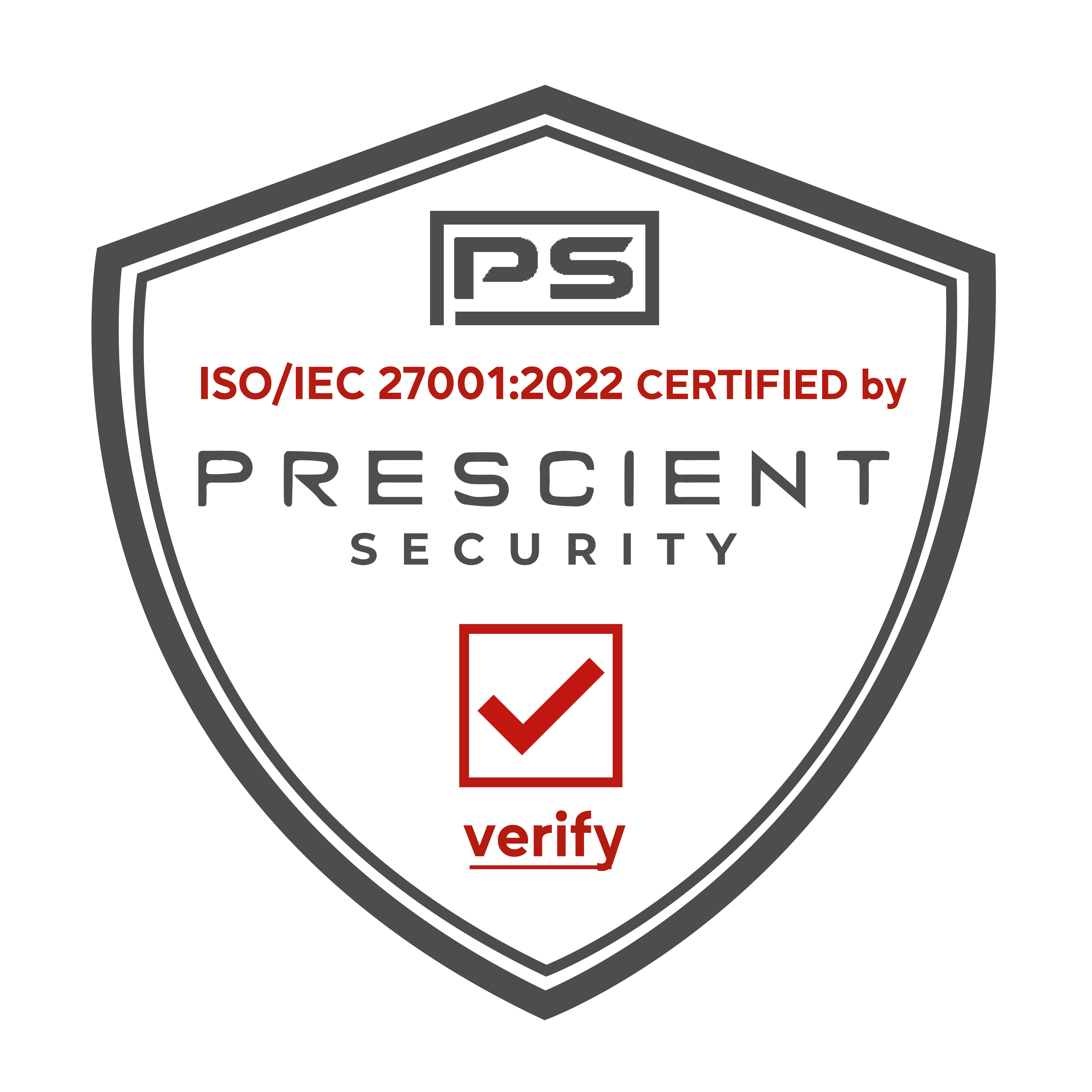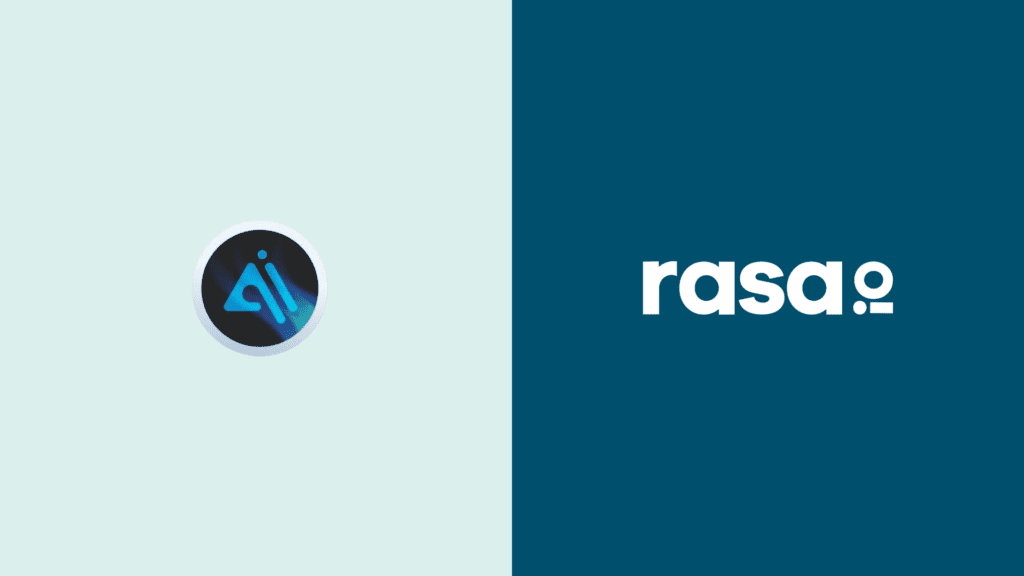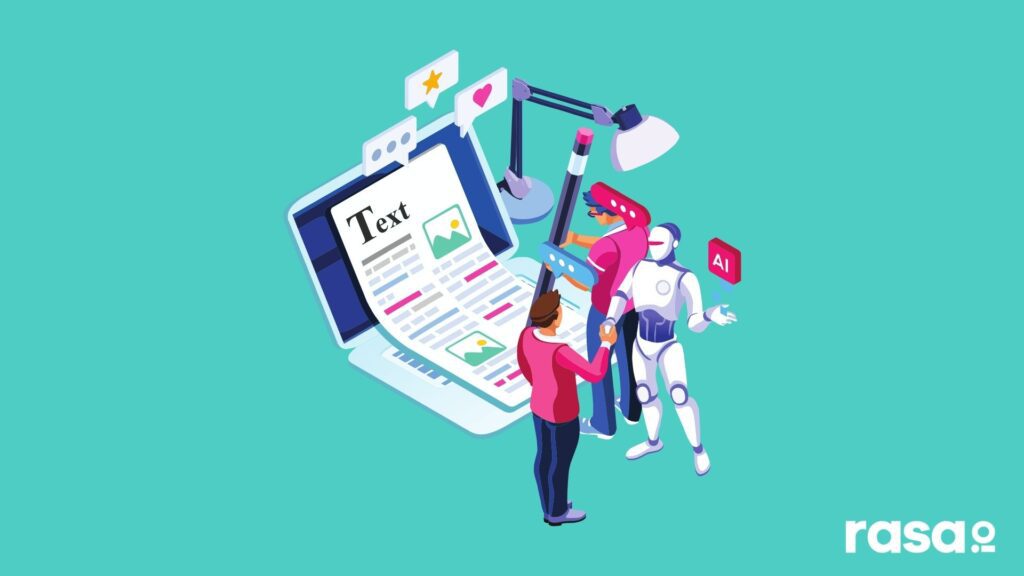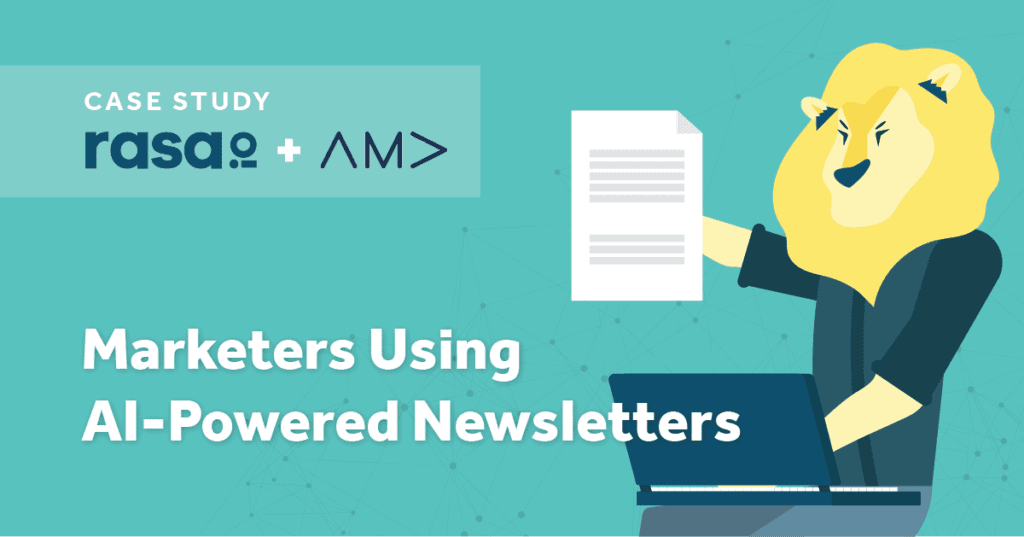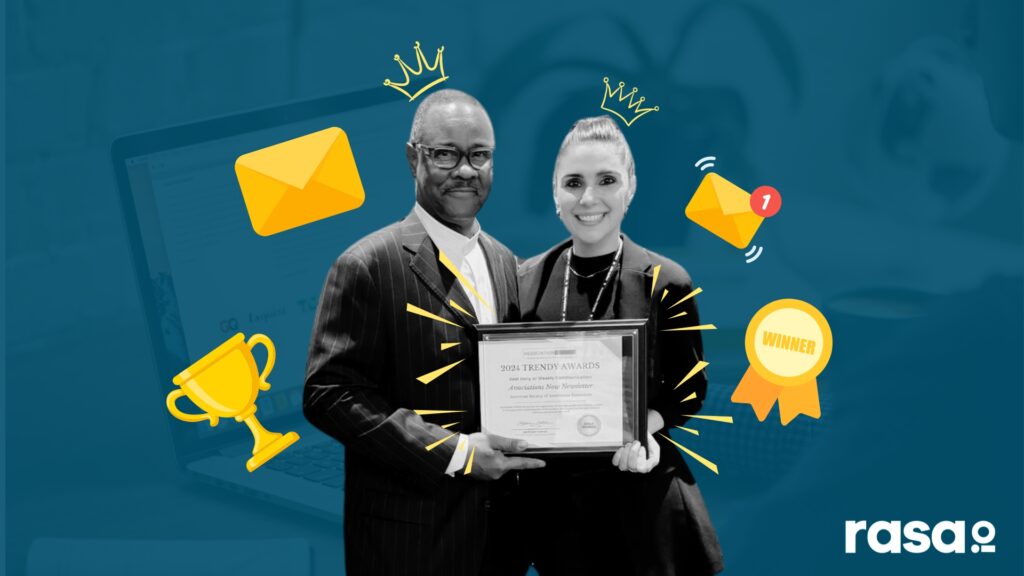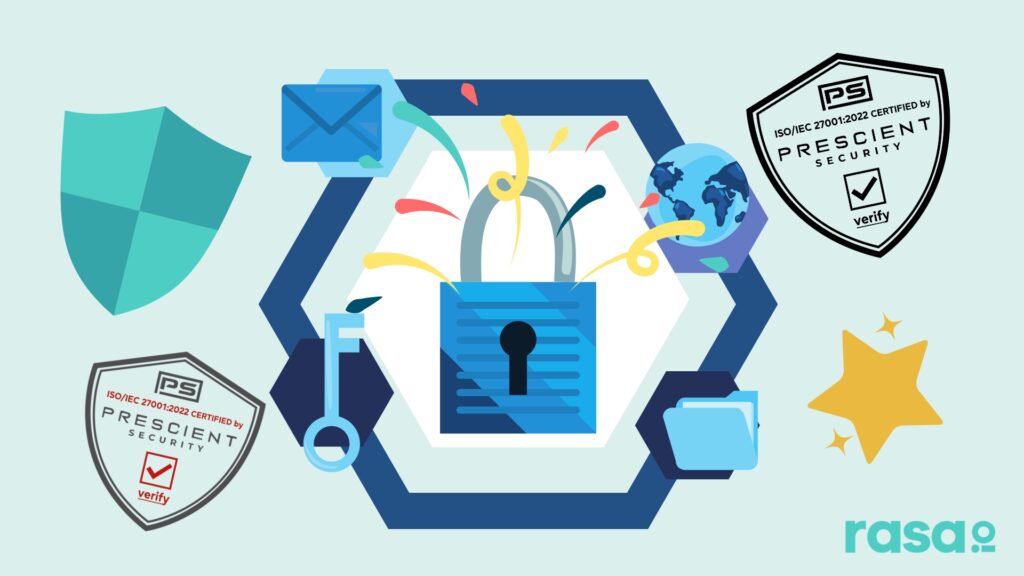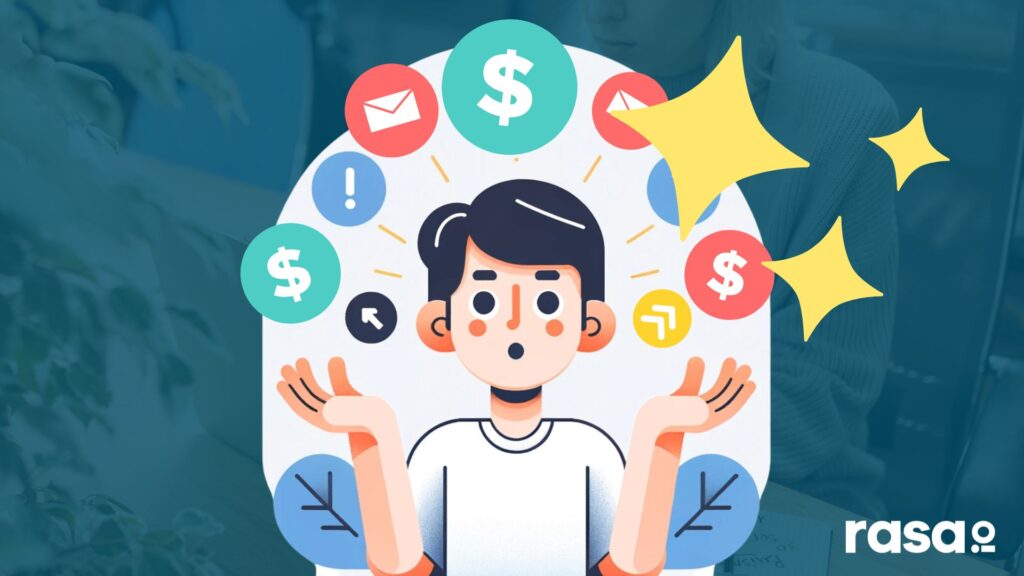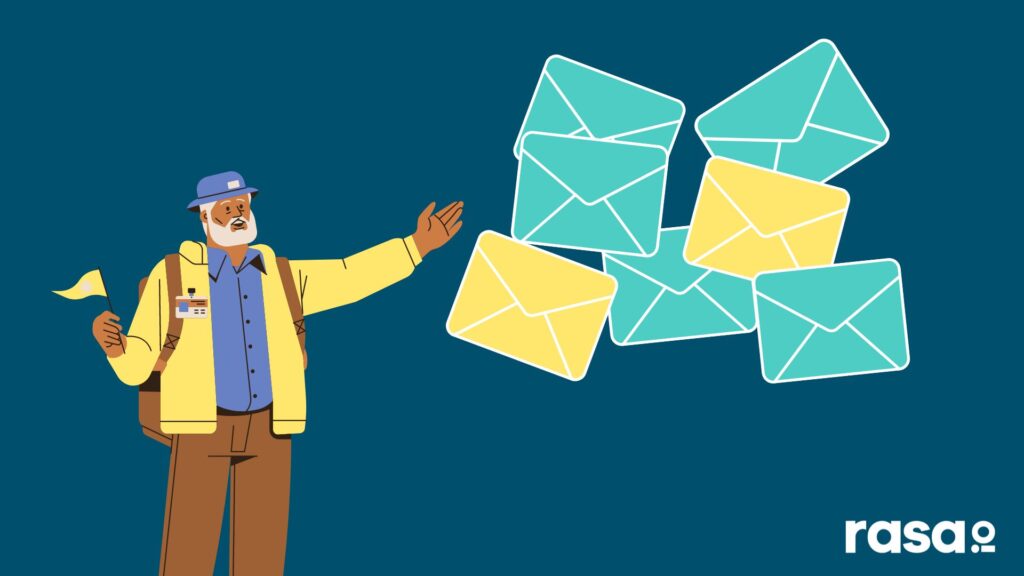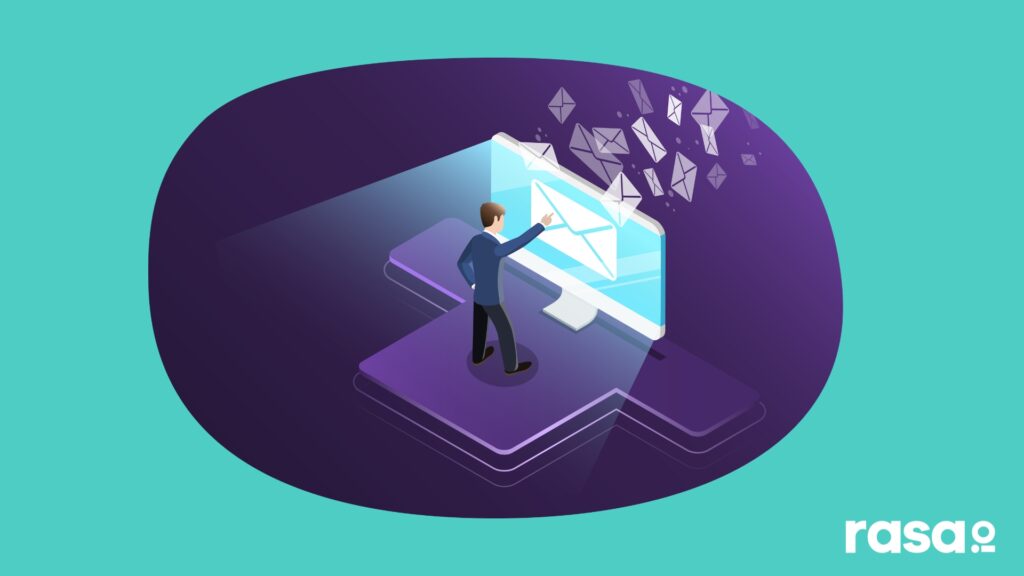From the initial interaction with your brand to conversion (and even beyond), email marketing remains one of the most efficient digital marketing channels. According to HubSpot, 99% of people check their email every day, emphasizing the vast potential reach of email marketing.
However, to create email campaigns that are both relevant and effective, you must understand the specific requirements and mentalities of potential consumers at each stage of the marketing funnel. This will result in a seamless transition for users from initial awareness to devoted advocacy.
In this post, we’ll take a look at the best ways to approach integrating email marketing at each step of the way. Let’s get going.
#1. Awareness: Building the Initial Connection
It’s time to entice people to join up for your newsletter, free ebook, or other offerings after bringing traffic to your website via various channels. You can combine web scraping tools and methodologies with your internal data from your CRM tool to create a comprehensive data pool. This will be instrumental in building a powerful awareness stage for prospects and a powerful conversion funnel in general.
Through web scraping, you can assemble helpful data from various online sources that will provide insights into the tastes, characteristics, and interests of potential clients.
Web scraping is the act of automatically scraping a webpage or the web in general to extract large amounts of useful industry, user, and market data.
In addition, you can also gather data on your prospects with the assistance of an email tool like rasa.io that will allow you to figure out the topics your target audience is interested in. You can use all the external data you collect to fuel your internal data tools and quickly make data-driven decisions.
Simplify Creating Engaging Personalized Emails!
Use smart technology to save you time curating so you can focus on the “bajillion” other things you need to do.
Using information gathered through web scraping and direct prospects attracted by your offerings, you will get a growing email list. The idea is to utilize the email list to educate prospective consumers about industry-related issues next, portraying your brand as an informed and dependable source since this stage is about developing a connection and trust. According to Neil Patel, a prominent digital marketer — always “give before you take”.
Consider ‘101’ instructions, introductory movies, infographics, or FAQs as examples of instructive materials covering foundational understanding for beginners. Go for industry trends or news, such as frequent updates on market dynamics, new technology, or legislative changes.
You don’t only have to publish your own information; you may also share stuff that has been carefully chosen from reliable sources; rasa.io is also helpful in this regard, as it enables you to pull information from your internal content and other sources to deliver relevant content. Later down the marketing funnel, as you gather enough insights and build relationships with prospects, this content continues to evolve, allowing you to curate at an individual level.
Moreover, newsletters, in particular, can be very useful in this stage and throughout the marketing funnel because they help you capture interest through industry insights, general tips, and introducing your brand’s values and mission.
Tip: You may also look at these B2B drip campaign examples to understand how to introduce new subscribers to your brand automatically at this point.
#2. Interest: Deepening the Relationship
After becoming aware of an issue or something they require, people start exploring for broad explanations or answers during the interest phase. They merely need knowledge to better grasp the issue or demand; they aren’t actually looking to work with you for anything just yet.
So, now, you must show you understand your client’s needs and can provide solutions. So, dive deeper into your offerings, showcasing how your solution can solve the client’s problems.
As for email content, you can send how-to guides. After setting the more theoretical stage in the first step, how-to guides are a natural continuation in terms of content, as now, you need to provide practical knowledge and actionable insights to show subscribers how to achieve a specific outcome with your business. Visual demonstrations of your solution in action are also a good idea.
This is where artificial intelligence can come in as a way to create better, value-driven content that’s personalized for the prospect. In fact, there are several key ways that AI enhances the marketing funnel, including:
- Content personalization
- Intelligent segmentation
- Smarter chatbots and brand-prospect communication
- Better predictive analytics
Leveraging AI will not only allow you to create valuable content for the Interest stage but craft it more efficiently and effectively in the process.
#3. Consideration: Showcasing Your Company’s Value
Potential clients are currently actively looking for answers to their problems. Thus, you need to provide specific proof of the worth and potency of your business at this point.
Showcase real-world uses of your offering as one method of doing this. You may provide client testimonials for this reason. In essence, these stories explain how consumers used your brand to accomplish noteworthy outcomes.
A different approach is to demonstrate how your company differs from your rivals. You may do this by creating comparison charts—visual tools that contrast rivals’ features, costs, or disadvantages.
The prospective consumers will need to be reassured and persuaded. Keeping an email newsletter tool like the rasa.io newsletter in the consideration stage of your marketing funnel offers a significant advantage: it allows you to systematically deliver in-depth and tailored content that resonates with your prospects.
With automation, you can segment your audience based on their interests, behaviors, and preferences, ensuring that they receive highly relevant information about your company’s unique value proposition (UVP). Moreover, automated email campaigns can efficiently showcase real-world use cases, testimonials, and competitive differentiators, nurturing prospects with compelling content.
By providing timely access to brand demonstrations, Q&A sessions, and ongoing support, email automation empowers you to address queries promptly and enhance the overall experience. This automated approach not only saves valuable time but also ensures that each potential client receives personalized attention, ultimately driving them closer to conversion.
The DMA reports that segmented and targeted emails generate 58% of all revenue. Therefore, highly personalized content based on browsing behavior, past purchases, and demonstrated preferences becomes extremely relevant at this phase and remains so throughout the marketing funnel.
Tip: If you lack ideas, you may use a high-quality email copy generator.
#4. Intent: Removing Barriers to Conversion
After considering various solutions, users are now showing great intent to work with you but are still on the fence. Now what? Enticing incentives or reminders can help you find the answer.
You may add value by adding extras like complimentary onboarding, free initial consultation, or new functionality. Additionally, you may build exclusive bargains and unique offers for those about to sign on the dotted line.
Send follow-up emails to clients who have shown interest but haven’t converted yet.
Stress the limited availability or duration of an offer. Use forceful, direct phrases such as “Book A Demo Now” or “Last Chance.”
Tip: You can do this in tandem with one of the top SMS marketing software, as sending text messages creates a sense of urgency.
At this stage, you may also respond to frequent last-minute queries or objections by using FAQs.
#5. Conversion: Seamless Post-Conversion Engagement
Joanna Wiebe of Copyhackers stresses, ‘Your welcome email is your chance to solidify the relationship. Don’t waste it.’ Send out welcome emails to your consumers with a kind introduction and instructions on how to utilize the products they’ve purchased.
Transactional emails, including receipts, invoices, statements of work (SOW) documents, and delivery confirmations, must also be sent. Per Business Insider, such emails have 8 times more opens and clicks than any other type of email, and they can generate 6 times more revenue.
Generally, make the post-conversion transition simple before you celebrate. Give the client instructions on the onboarding phase, or how to start leveraging your service, if appropriate.
Assure your clients that they are in good hands. Describe your user community and support forums to them. Invite them to a getting-started webinar or tell them to get in touch if they have any questions. Adding an AI chatbot to your website can also be useful in answering their questions.
#6. Post-conversion/Loyalty: Sustained Engagement and Advocacy
It would be a shame to quit conducting business with a client after their first transaction or after their very first contract is up. A 5% increase in retention can increase a company’s profitability by 75%, according to Bain & Company. Therefore, at this point, the emphasis should be placed on promoting more brand interaction.
- For instance, you can reward clients for referring others or invite them to special events.
- Introduce a loyalty program and send out updates, telling clients how to increase their point totals or current point status.
- Provide insider information on new updates or offers, or advanced use advice or hacks to get more use out of your collaboration.
- Finally, ask for evaluations, endorsements, or feedback by email in order to improve.
The Universal Tools: Monitoring and Testing
Some tactics work well with clients at any stage of the sales cycle.
Included in this is monitoring your email statistics closely. By monitoring the progress of your strategies in real-time, you may get data-driven insights.
Open, click-through, conversion, bounce, and unsubscribe rates are all important metrics to monitor.
Keep an eye on these key performance indicators, be willing to try new things, and adapt your email marketing strategy based on your learning.
You should also use A/B testing at every level, whether it’s testing an email campaign’s opening pitch to raise awareness or honing the conversion components for people in the consideration or buy phases.
Select one component at a time to test. This may include the email’s subject line, template, call to action (CTA) button color, word count, images, etc. Leverage AI, such as an email subject line generator, to help you craft optimal solutions for your campaign.
Send one email (version A) to half of your test audience and a different email (version B) to the other half.
Compare the effectiveness of both variants after you’ve had enough time or email openings. The version that performs better (for example, has a greater click-through rate or more conversions) becomes the new benchmark. Following that, you may compare it to other factors in subsequent campaigns.
Conclusion
No matter where a prospect is in the marketing funnel, we’ve got you covered in this post.
Understanding what the potential clients are after at each stage is essential. With this awareness, you can craft your email marketing campaign to be impactful and drive action.
Remember, that’s not just about sending emails. In fact, you’re tailoring conversations that create trust, fulfill needs, and build lasting brand relationships.




